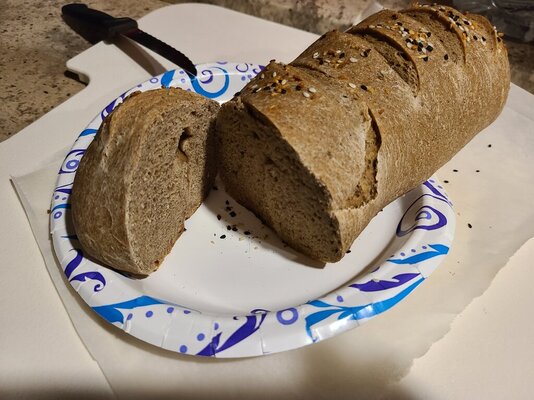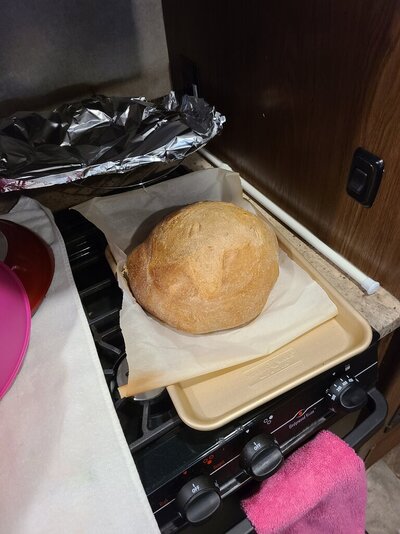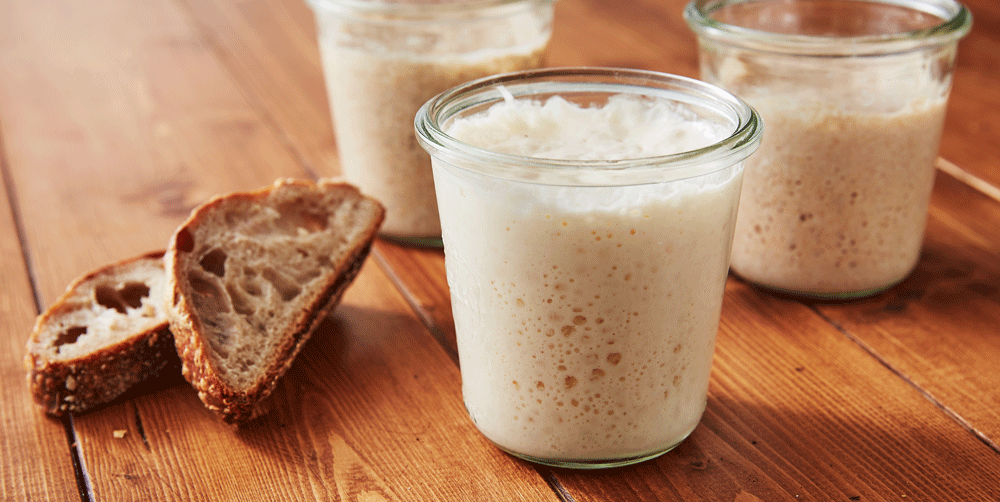@Wasillaguy
I want to start a new batch of starter when we go down to St. Augustine in May. I want to see if I can capture something different:
Will a sourdough starter taste different when made in different regions of the world (the U.S. vs. Asia)?
 Beth Goldowitz
Beth Goldowitz
home cook with 50 years experienceUpvoted by
Tilman Ahr
, trained chef with a borderline obsessive interest in food history and scienceAuthor has 17.9K answers and 51.3M answer views
4y
They do indeed develop different flavors, and the usual explanation is that starters will capture local yeasts and lactobacillus bacteria, which impart different flavors to the bread. There is some controversy about this, as Lactobacillus sanfranciscensis, the bacteria that makes San Francisco sourdough so distinctive has been found in cultures from as far away as France and Germany. The principle yeast in the culture is Candida milleri, but that will also vary depending on where the starter originated. C. milleri is very tolerant of the high acid levels produced by L. sanfranciscencis and other lactobacilli.
Researchers have found that once a culture is established, the yeasts tend to stay the same, while populations of different lactobacilli will vary. So cultures may contain the same species of bacteria in different ratios, which will give them distinctive flavors.
For a while I was maintaining three different sourdough cultures. One was sent to me by a friend in San Francisco, one was from King Arthur Flour, which apparently originated in New England, and one I started myself in Brooklyn New York. Each of them had a distinctive flavor and needed slightly different proofing times to get the best from them. I’ve since eliminated the KAF one, because I liked my Brooklyn sourdough better and keeping three cultures going at the same time is a pain in the ass.
The Biology of . . . Sourdough
@Wasillaguy ,
Wish I could try your starter from Alaska.






